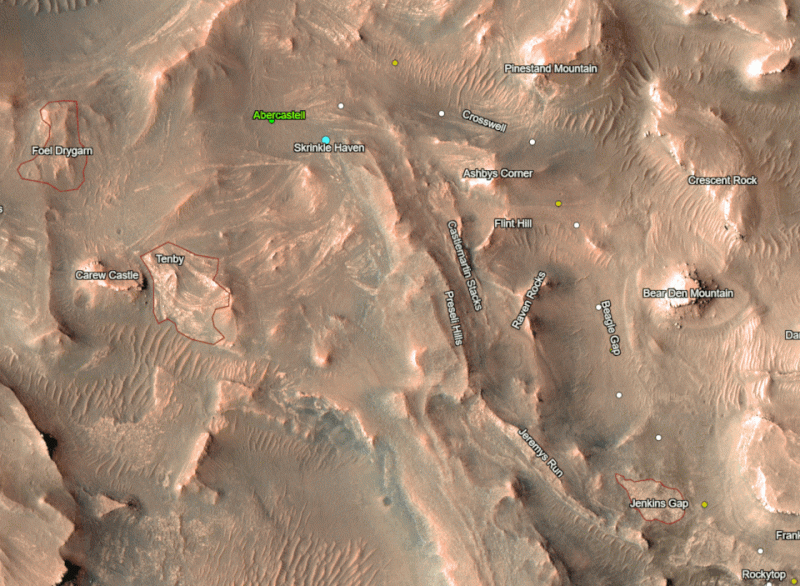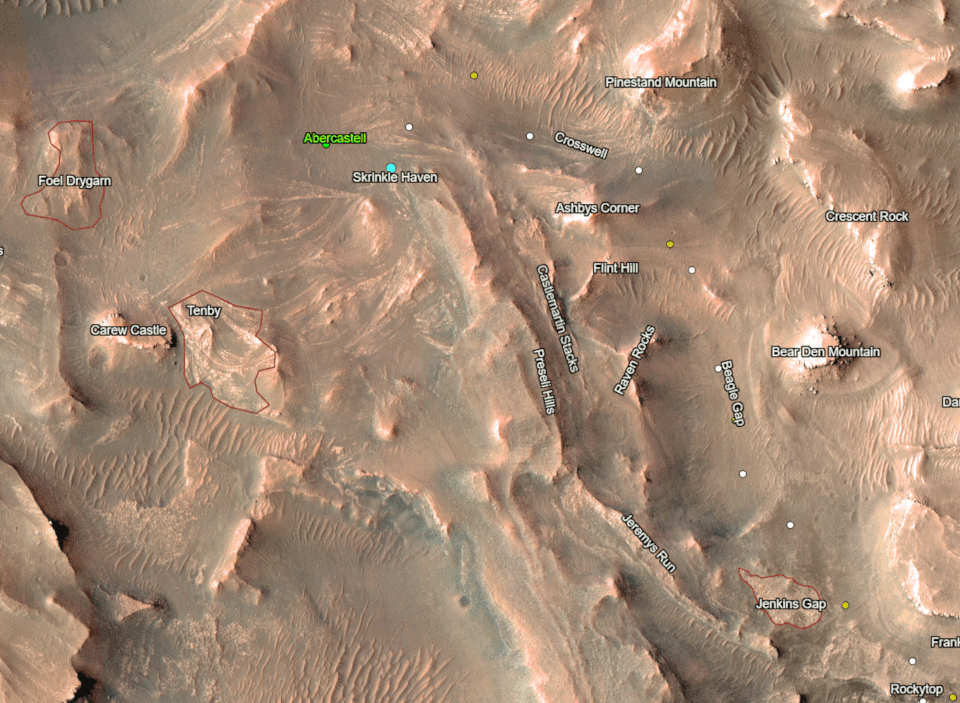Name a better duo than NASA’s hard-working Mars rover and helicopter

On April 19, 2021, a little more than a century after the Wright Brothers’ first test flight on Earth, humans managed to zoom a helicopter around on another planet. The four-pound aircraft, known as Ingenuity, is part of NASA’s Mars2020 exploration program, along with the Perseverance rover.
The dynamic duo made history again this month, as Ingenuity celebrated its landmark 50th flight. The small aircraft was built to fly only five times—as a demonstration of avionics customized for the thin Mars air, not a key part of the science mission—but it has surpassed that goal 10 times over with no signs of slowing down.
“Ingenuity has changed the way that we think about Mars exploration,” says Håvard Grip, NASA engineer and former chief pilot of Ingenuity. Although the helicopter started as a tech demo, proving that humans could make an aircraft capable of navigating the thin Martian atmosphere, it has become a useful partner to Percy. Ingenuity can zip up to 39 feet into the sky, scout the landscape, and inform the rover’s next moves through the Red Planet’s rocky terrain.
In the past months, Perseverance has been wrapping up its main science mission in Jezero Crater, a dried-up delta that could give astronomers insight on Mars’ possibly watery past and ancient microbial life. Ingenuity has been leap-frogging along with the rover, taking aerial shots of its robotic bestie and getting glimpses into the path ahead. This recon helps scientists determine their priorities for exploration, and helps NASA’s planning team prepare for unexpected hazards and terrain.

Unfortunately, the narrow channels in the delta are causing difficulties for the helicopter’s communications with the rover, forcing them to stay close together for fear of being irreparably separated. Ingenuity also can’t fall behind the rover, because its limited stamina (up to 3-minute-long flights at time) means it might not be able to catch up. Over the past month, the team shepherded the pair through a particularly treacherous stretch of the drive, though, and they’re still going strong—even setting flight speed and frequency records at the same time. Meanwhile, Percy has been investigating some crater walls and funky-colored rocks, of which scientists are trying to figure out the origins.
Ingenuity has certainly proven the value of helicopters in planetary exploration, and each flight adds to the pile of data engineers have at their disposal for planning the next generation of aerial robots. “When we look ahead to potential future missions, helicopters are an inevitable part of the equation,” says Grip.
What exactly comes next for Ingenuity itself, though, is anyone’s guess. “Every sol [Martian day] that Ingenuity survives on Mars is one step further into uncharted territory,” Grip adds. And while the team will certainly feel a loss when the helicopter finally goes out, they’ve already completed their main mission of demonstrating that the avionics can work. All the extra scouting and data collection is a reward for building something so sturdy.
They’re now continuing to push the craft to its limits, testing out how far they can take this technology. For those at home who want to follow along, the mission actually provides flight previews on Ingenuity’s status updates page.
“It may all be over tomorrow,” says Grip. “But one thing we’ve learned over the last two years is not to underestimate Ingenuity’s ability to hang on.”










